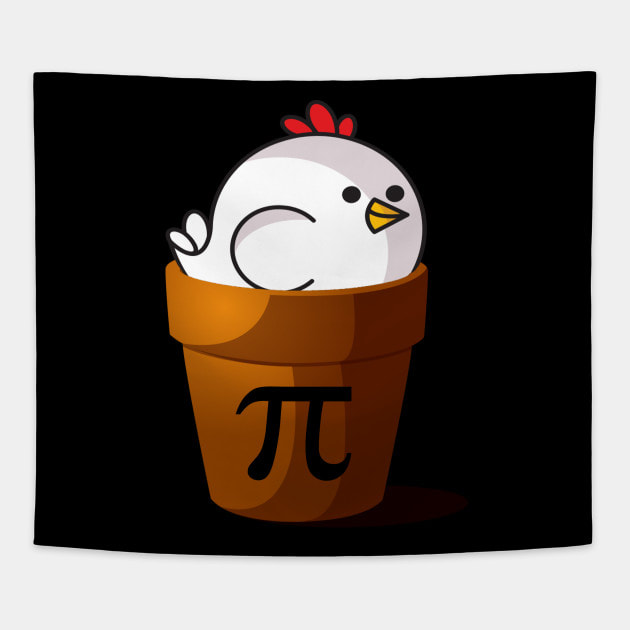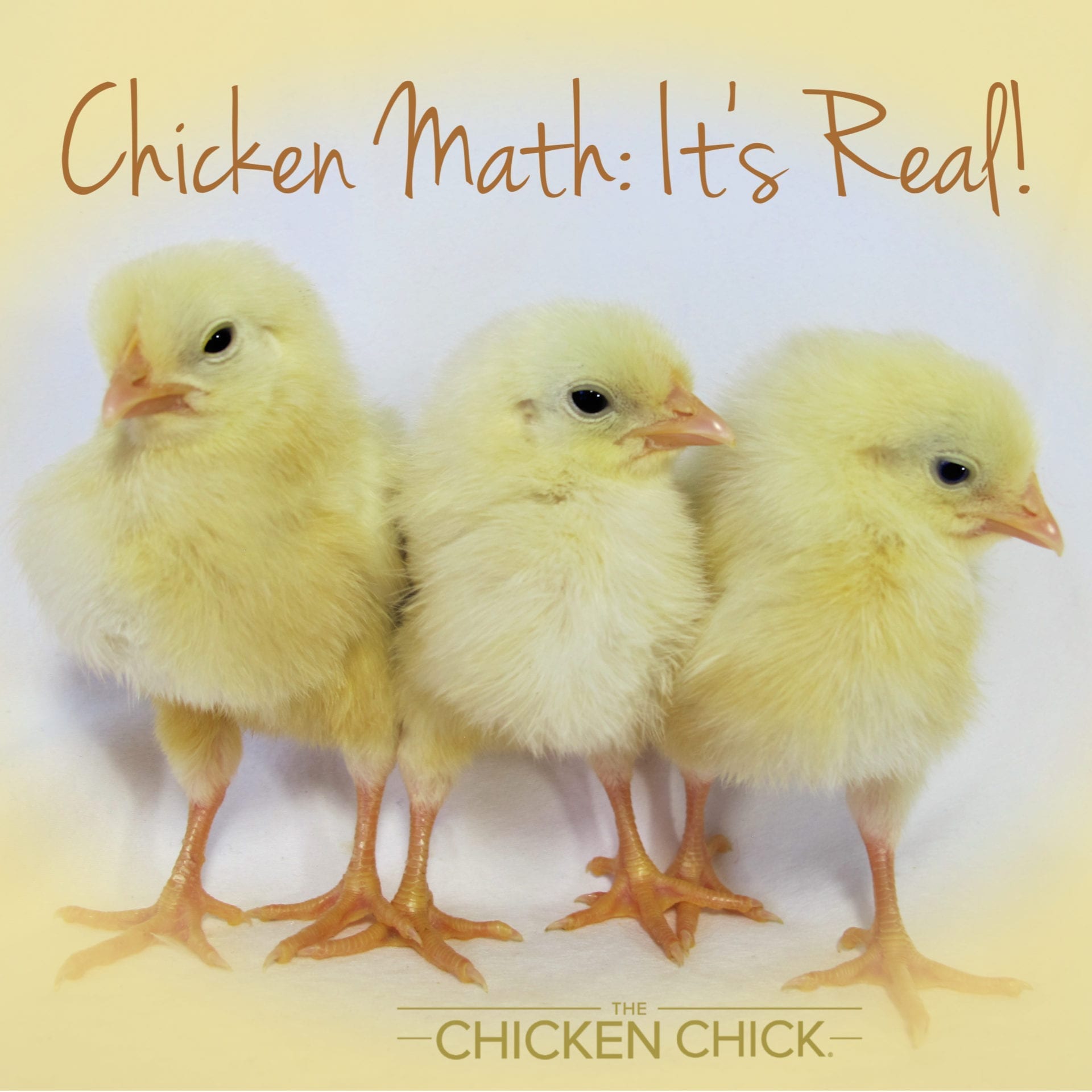

#Chicken math definition skin#
It is often said that the best test of both the professional and the home cook is a roasted chicken, that, if nothing else, a good cook should always be able to serve up a beautiful bird-crispy, appetizingly fragrant, the skin deeply golden, with meat so moist that you’re tempted to tear it off the bone with your fingers. It usually takes about 2.5 hours for food to pass through the digestive tract from beak to cloaca. The digestion and absorption of food takes place primarily in the small intestine. This process is aided by the presence of grit and gravel picked up by the bird. These muscles are extremely strong and are used to grind or crush the food particles. The gizzard is the oval organ composed of two pairs of thick red muscles. The proventriculus is the true stomach of the bird from which hydrochloric acid and pepsin (an enzyme) is secreted to aid in digestion. The crop is a pouch formed to serve as a storage area for the food until it can be passed along for digestion in the gizzard and intestines. The beak of the bird replaces the mouth and lips. Chickens depend on enzymes to aid in breaking down food so it can be absorbed, much like humans. The chicken has a simple digestive system, with few to no microorganisms living in the digestive system to help digest food like in ruminants such as cattle. Medullary bone is found in the tibia femur, pubic bones, sternum, ribs, ulna, toes and scapula. This bone fills the narrow cavity with a readily available source of calcium for eggshell formation when calcium intake is not sufficient. Another interesting feature of chicken bones is called medullary bone.

Birds have many hollow bones that are connected to the respiratory system these are the bones of the skull, humerus, clavicle, heel, and lumbar and sacral vertebrae. The Skeleton of the fowl is compact, lightweight, and strong. Papilla is Latin for "pimples" and that is what they look like on a developing embryo. The first indications of feather tracts appear during the fifth day of embryonic development when the feather papillae appear. Although feathers cover most of a bird's body, they all grow from certain defined areas of the bird's skin called "feather tracts". They can insulate the bird from the cold, protect the bird's skin from getting wet and can help the bird fly or glide to safety. Feathers basically serve as the bird's protection. In these two "hen-feathered" breeds, the feathers are alike in both sexes.Īlthough feathers come in many color patterns (shown below are some feather patterns you will find in purebred chickens). The breeds of "Sebright" and "Campine" are the only exceptions. Female hackle and saddle feathers have rounded ends. Male hackle and saddle feathers come to a distinctly pointed tip and are shinier. There is one exception of this rule: Araucana lay blue and green-shelled eggs.īy observing the Hackle (neck) and Saddle (back) feathers of an adult chicken, you can determine its sex. If it has a red earlobe, it will lay a brown-shelled egg. If the chicken has a white earlobe, it will lay a white-shelled egg.


The Earlobe color can tell you what color egg the chicken will lay. The four most common types of combs are shown in Figure below. There are seven different types of combs in chickens. The comb in ascent operates like the radiator in a car. The chicken cools itself by circulating its blood throughout its comb and wattles. The Comb of a chicken functions as its cooling system. Interesting Facts About The Exterior Features Of The Chicken Let's start with the terms for the chicken's exterior features. The body temperature varies, but averages around 106☏. It has a high rate of metabolism, is a rapid breather and digests its food relatively quickly. The chicken is an interesting creature when observed from a biological standpoint. Let's take a look at the internal and external biology of the chicken.


 0 kommentar(er)
0 kommentar(er)
